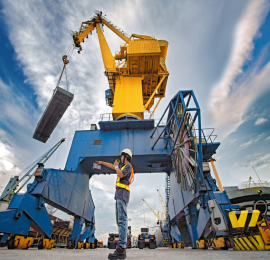Aluminium alloys play a crucial role in fabrication processes, offering a diverse range of properties and characteristics that cater to various applications and industries. By understanding the composition, properties, and applications of different aluminium alloys, fabricators can make informed decisions to optimize their aluminium fabrication processes and produce high-quality components.
Composition:
Aluminium alloys are composed primarily of aluminium along with other elements such as copper, zinc, magnesium, silicon, and manganese. These alloying elements are added in varying proportions to impart specific properties such as strength, corrosion resistance, machinability, and weldability to the alloy.
Properties:
Strength: Aluminium alloys exhibit a wide range of strength levels, from low to high, depending on the alloy composition and heat treatment. High-strength alloys are commonly used in structural applications requiring superior mechanical properties.
Corrosion resistance: Aluminium alloys inherently possess excellent corrosion resistance due to the formation of a protective oxide layer on their surface. Certain alloy additions further enhance corrosion resistance, making them suitable for marine, aerospace, and chemical processing applications.
Machinability: Machinability varies among aluminium alloys based on their composition and microstructure. Alloys with high silicon content, such as 6xxx series alloys, are known for their excellent machinability, while others may require specialized cutting tools and techniques.
Weldability: Aluminium alloys generally exhibit good weldability, although certain factors such as alloy composition, thickness, and welding process can influence weld quality. Alloys with high magnesium content, such as 5xxx series alloys, may require preheating and post-weld heat treatment to minimize cracking.
Heat treatability: Some aluminium alloys are heat treatable, meaning they can be strengthened through controlled heating and cooling processes. Heat treatable alloys, such as 7xxx series alloys, offer improved mechanical properties and are commonly used in aerospace and automotive applications.
Common aluminium alloy series:
- 1xxx series: Pure aluminium with high electrical conductivity, used in electrical transmission lines, heat exchangers, and reflectors.
- 2xxx series: Aluminium-copper alloys known for their high strength-to-weight ratio, used in aerospace applications for structural components and aircraft fuselages.
- 3xxx series: Aluminium-manganese alloys with good formability and corrosion resistance, used in automotive body panels, heat exchangers, and cooking utensils.
- 5xxx series: Aluminium-magnesium alloys offering excellent weldability and corrosion resistance, commonly used in marine, automotive, and architectural applications.
